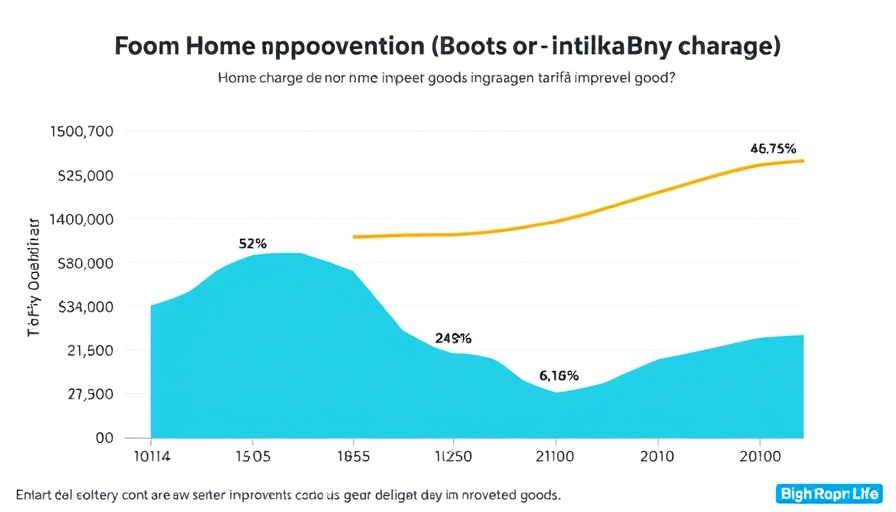
Trump's Tariff Decisions and Their Wider Implications
The announcement of steep new tariffs from the Trump administration, set to roll out on August 1, represents a pivotal moment not just for trade relations but also for homeowners interested in renovations and DIY projects. Tariffs can lead to increased prices on materials crucial for home improvement, such as steel and aluminum. Given the multi-layered approach to these tariffs, many home renovation projects could be affected as construction costs rise, potentially leading to postponed or scaled-back projects.
Understanding the Tariff Structure
The new tariffs will replace the existing 10% universal rate, introducing sector-specific levies that directly impact supplies for various home projects. For instance, imports from countries like Myanmar and Laos will face a staggering 40% tariff. This change could mean that homeowners looking to purchase imported fixtures or materials may face much higher prices, limiting budget-friendly project options.
Future Predictions: What Can Homeowners Expect?
As the tariffs are implemented, it's reasonable to expect a ripple effect across many sectors, including home improvement. With increasing costs, homeowners could experience a slowdown in renovations, as potential price hikes may force some to rethink their project timelines or budgets. Real estate analysts predict that a surge in renovation costs could push more homeowners to delay projects, resulting in a temporary downturn in home improvement activity.
Local vs. Global Perspectives on Tariffs
The implications of these tariffs reflect a broader disconnect between global trade policies and local community needs. For everyday Americans, the costs associated with these tariffs can feel very tangible as the price of everyday necessities—ranging from home improvement materials to finished products—can soar.
Actionable Insights: Preparing for Changes
In such a fluid trade environment, homeowners can take proactive steps to manage the impacts of these tariffs on their renovation plans. Planning home projects ahead of the August 1 rollout could help users sidestep potential price increases. Furthermore, sourcing local materials may yield cost advantages. Community-owned hardware stores or local builders can often provide alternatives that are not subject to these new tariffs.
Emotional Impact on Homeowners
Renovating a home is often a deeply personal endeavor, representing significant investment and emotional investment. The uncertainty stemming from tariff changes adds a layer of anxiety to homeowners simply wanting to improve their living spaces. It is essential for individuals to stay informed and resilient as they navigate these challenges, focusing on long-term benefits rather than short-term hit.
Final Thoughts: Take Action Today
Understanding the upcoming tariff changes and how they may affect home improvement and renovation costs is vital for homeowners. By planning ahead and being strategic about sourcing materials, you can navigate this uncertain terrain more effectively. Always consider the local market’s offerings, and prepare to adapt to changing pricing conditions. Don't let tariffs stand in the way of your dream home renovation!
 Add Row
Add Row  Add
Add 




 Add Row
Add Row  Add
Add 

Write A Comment